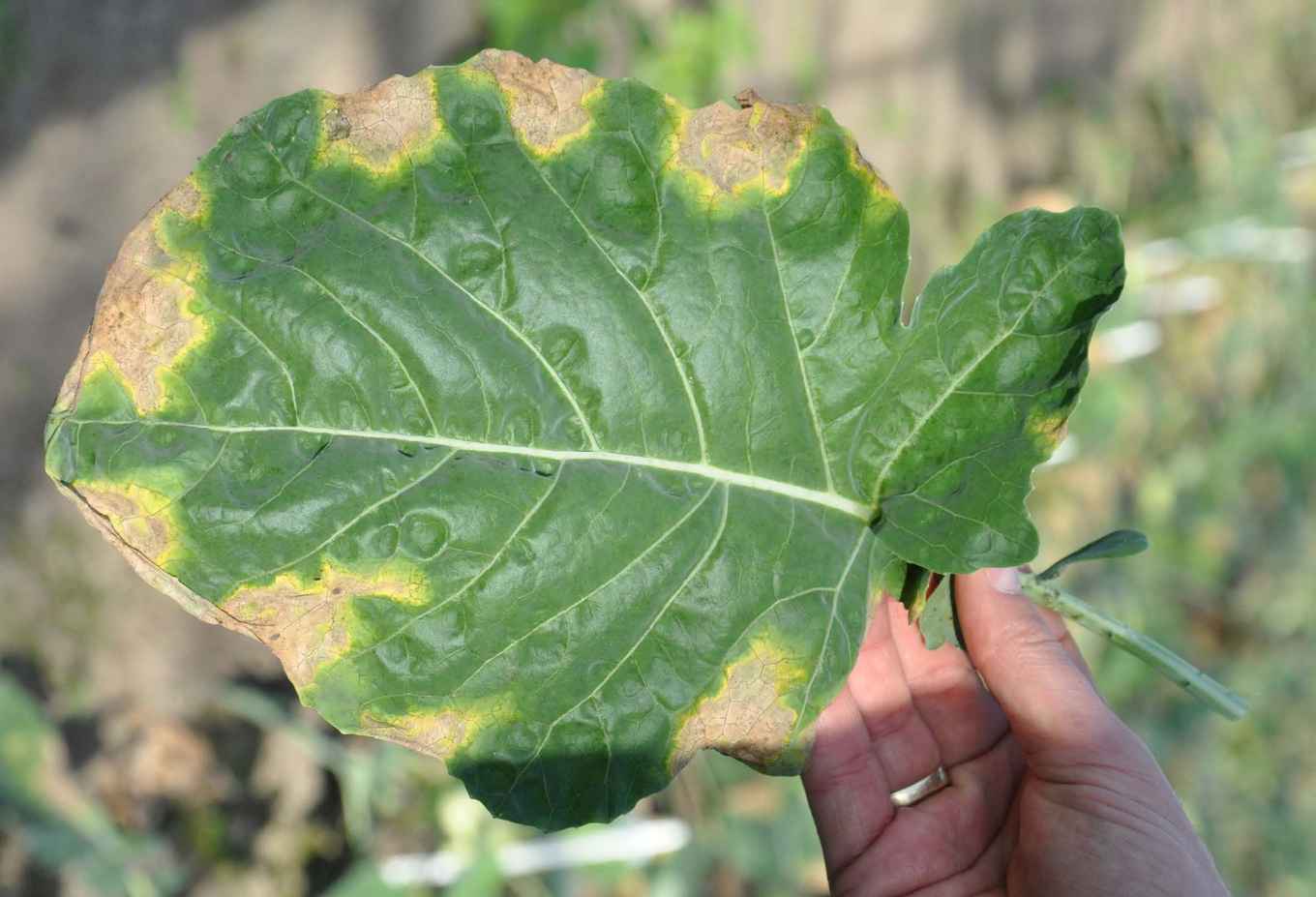Why are Brassica crops so susceptible to Black Rot?
22 May 2019

Black Rot thrives in warm, humid weather conditions. This bacterial pathogen spreads readily from plant-to-plant through contact with animals, humans and rain water splash, and regular outbreaks occur during wet summers. The disease can spread rapidly; one infected leaf can result in the loss of an entire field in a matter of weeks. This results in significant economic losses for growers.
‘Like most bacterial pathogens, managing this microbial disease is extremely difficult. This is partly due to the fact that there are no effective chemical treatments available'.
There are hardly any wild Brassica plant species that are resistant to this disease which could be used as a natural resource in plant breeding programmes. Harrold van den Burg, principal investigator at the UvA: 'Copper-based bactericides are currently used to reduce bacterial spread in field conditions, but this approach is not very effective and we have observed that the bacteria are becoming resistant to this treatment. It is also important to keep in mind that society wants a significant reduction in our usage of chemical pesticides. The UvA has a long-term collaboration with vegetable breeding companies Bejo Zaden and Rijk Zwaan. In our research we study the infection mechanism used by these bacteria and host entry appears to be the plant’s Achilles’ heel for this pathogenic organism. The Top Sector grant and the companies’ contribution will now allow us to identify new mechanisms for resistance. Our research will focus on closing the wide-open gate at the edges of the plant leaves – known as hydathodes – to stop the bacteria from entering the host plant. The knowledge obtained will be incorporated in breeding programmes for Brassica crops by the companies’.